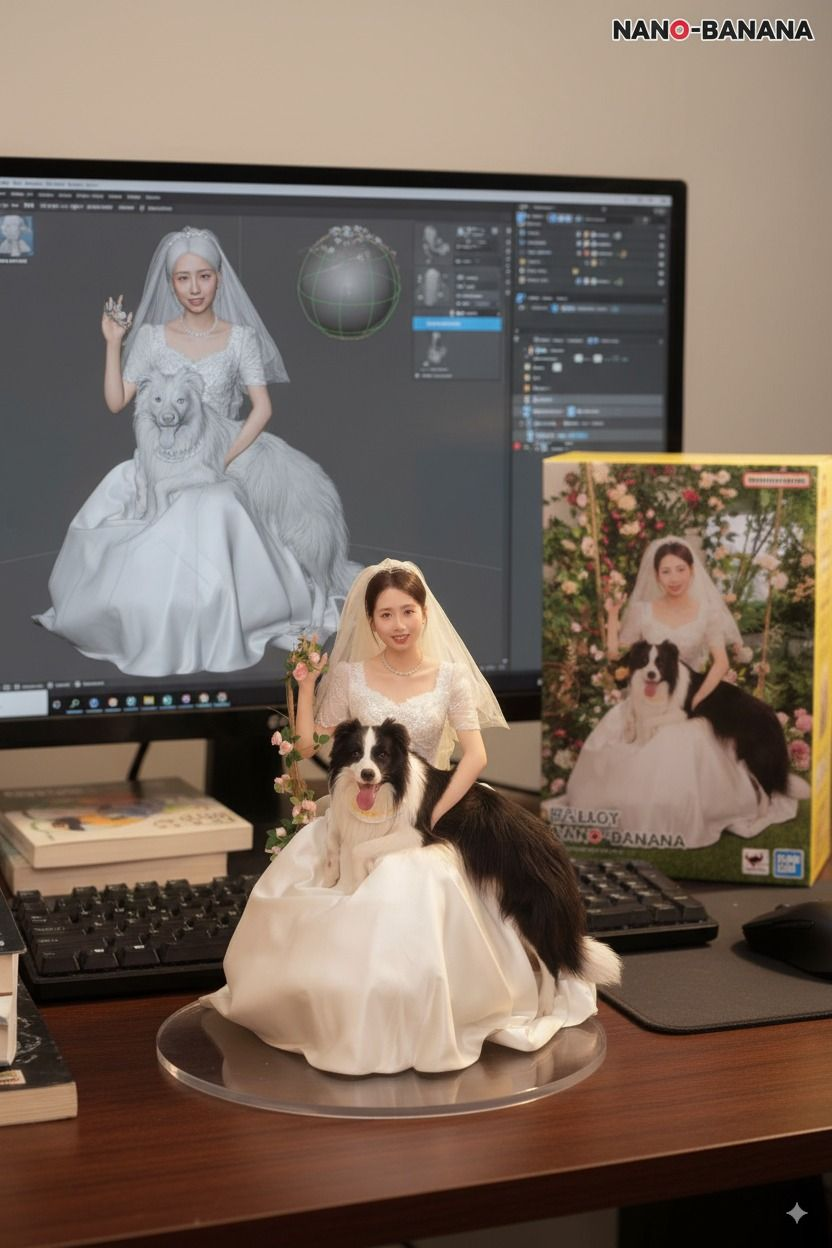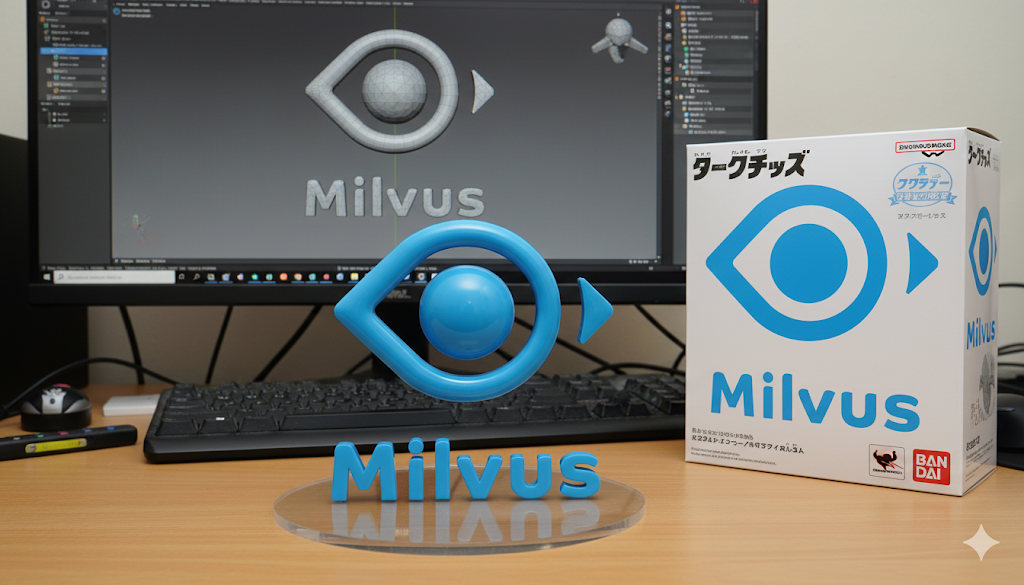Yes, Nano Banana — the codename for Google’s Gemini 2.5 Flash Image model — can be used for free, but with some limits. If you access it through the Gemini app (web or mobile), both free and paid users have access to the updated image editing features. Free-tier users can try edits and generations each day, but they may face limits on the number of requests, output quality, and processing speed. All generated images include both a visible watermark and Google’s invisible SynthID digital watermark to clearly mark them as AI-generated. This is true regardless of whether you are using the free or paid tier.
For heavier use, Google offers Gemini Advanced, available through a Google One AI Premium subscription. As of 2025, this plan costs $19.99 per month in the U.S. and includes access to higher-end models, faster processing, and larger quotas. Paid subscribers benefit from higher-resolution outputs and the ability to make more image edits without hitting daily limits. If you’re using the Gemini API for programmatic access, billing works differently: you are charged based on the number of requests and the complexity of the generation (text-to-image, image-to-image, or multi-image blending). Pricing for API usage is typically metered on a per-request basis, with specific rates published in Google’s API documentation.
In practice, the free version is enough for casual experimentation — like trying out hairstyle changes, swapping backgrounds, or doing playful edits with pets. But if you’re a developer building an app, a business running batch edits, or a creator who needs consistent high-quality outputs, the paid tier or API usage makes more sense. It removes the caps, improves performance, and gives you a clear path to scale your editing workflows. So yes, Nano Banana is free to try, but serious use cases will benefit from Google’s paid subscription or API billing.
Popular prompt is like below:
“Use the Nano Banana model to create a 1/7 scale commercialized figure of the character in the illustration, in a realistic style and environment. Place the figure on a computer desk, using a circular transparent acrylic base without any text. On the computer screen, display the ZBrush modeling process of the figure. Next to the screen, place a Bandai-style toy packaging box printed with the original artwork.”
The results are like this:


Production use cases
Teams are already applying Nano Banana in production. A mobile entertainment platform is testing avatar dress-up features where players upload photos and instantly try on in-game accessories. E-commerce brands are using a “shoot once, reuse forever” approach, capturing a single base model image and generating outfit or hairstyle variations instead of running multiple studio shoots.
To make this work at scale, generation needs retrieval. Without it, the model can’t reliably find the right outfits or props from huge media libraries. That’s why many companies pair Nano Banana with Milvus, an open-source vector database that can search billions of images and embeddings. Together, they form a practical multimodal RAG pipeline—search first, then generate.
👉 Read the full tutorial on Nano Banana + Milvus